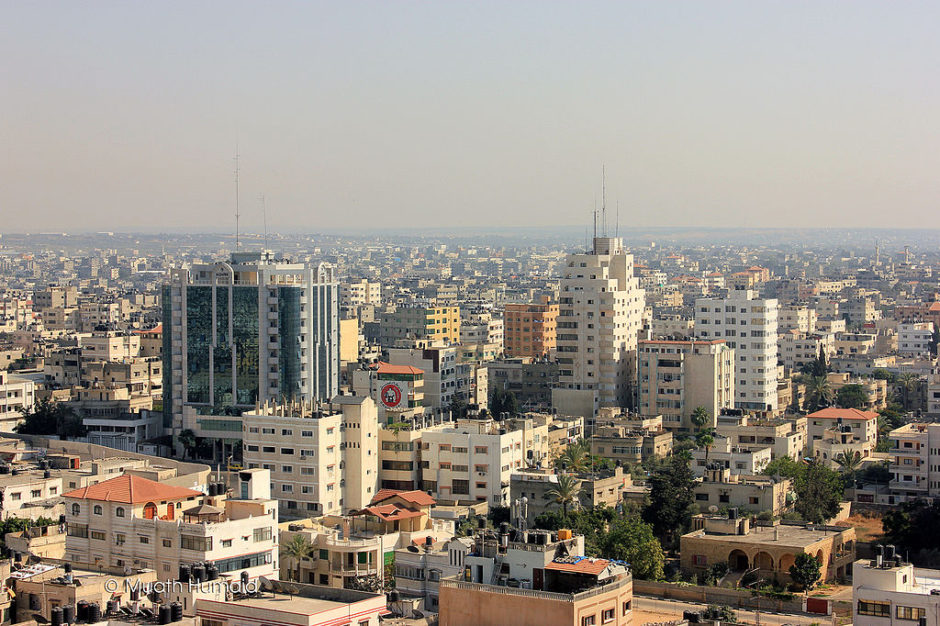The Palestinians have signed yet another reconciliation agreement, but will it last?
In the past decade, the two rival factions of the Palestinian national movement, Fatah and Hamas, have reached multiple unity agreements, only to see them dissolve in mutual acrimony within weeks or months.
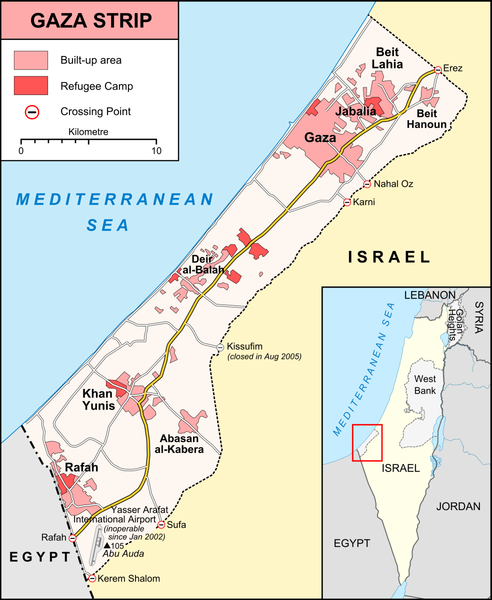
Can the latest one, brokered by Egypt’s General Intelligence Service in Cairo on October 12, endure? Or is it just a case of deja vu all over again?
We will know fairly soon.
Two dates may well determine whether this accord is real or nothing more than a mere mirage, like the abortive agreements of 2007, 2008, 2009, 2010, 2011, 2012 and 2014.
On November 21, Fatah and Hamas will launch negotiations aimed at creating a single Palestinian government. There has not been such a unitary government since Hamas seized the Gaza Strip in a violent coup 10 years ago, leaving Fatah with a base of operations only in the West Bank.
Hamas, founded in 1987 as the Islamic Resistance Movement, won the 2006 parliamentary election in Gaza, an outcome Fatah rejected. Hamas’ electoral victory came on the heels of Israel’s unilateral withdrawal from Gaza, which Israel occupied during the 1967 Six Day War.
In the wake of Hamas’ transformative coup, Israel imposed a land and naval siege on Gaza, restricting the import of goods, curbing the free movement of people to and from Gaza, and widening the gulf between Gaza and the West Bank.
At around the same time, Egypt imposed strict border controls on Gaza. In 2013, Egypt tightened its border crossing into Gaza after its new president, Abdul Fatah el-Sisi, accused Hamas of supporting the now-banned Muslim Brotherhood.
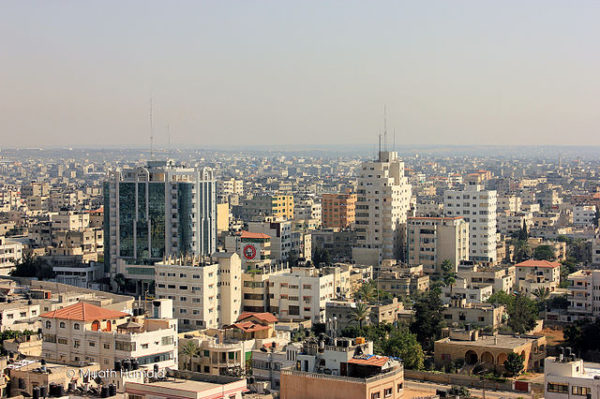
Another date to watch is December 1, when Hamas is supposed to officially hand over the keys of Gaza’s administration to Fatah. If this process reaches fruition, the president of the Palestinian Authority, Mahmoud Abbas, is expected to pay his first visit to Gaza since 2007.
In preparation for that event, a Palestinian Authority delegation, led by Prime Minister Rami Hamdallah, visited Gaza City on October 2.
Under the terms of the new reconciliation deal, Fatah and Hamas will amalgamate their ministries, form a joint police force and reduce the size of the civil service. Hamas will also give up control of the Rafah border crossing into Egypt, its chief outlet to the outside world.
In addition, the Palestinian Authority is scheduled to lift the sanctions it imposed on Gaza earlier this year. Abbas, in consultation with Israel, cut the flow of electricity to Gaza, creating hardship for its two million residents. Abbas also stopped the payment of salaries to thousands of civil servants, who were left without a livelihood.
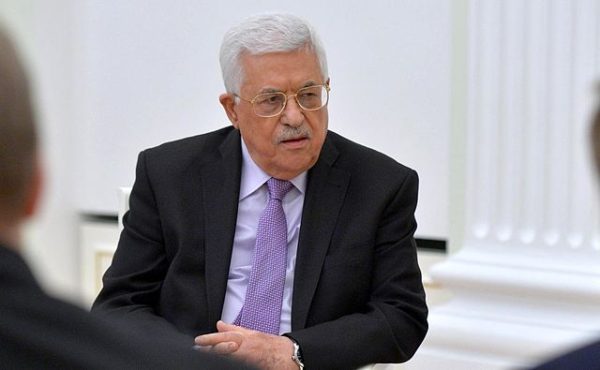
The Palestinian Authority adopted these measures to pressure Hamas into relinquishing its day-to-day control of Gaza, but in doing so, it exacerbated the humanitarian crisis there. Due to the land and sea blockades, the vast majority of Gazans cannot travel abroad without special permits. According to some commentators, Gaza has degenerated into an open-air prison.
Gaza’s economy is sputtering. The jobless rate has risen to more than 40 percent, and youth unemployment has topped the 60 percent mark. Power shortages are common, the water supply is unsafe, and much of the population depends on food donations supplied by international aid organizations.
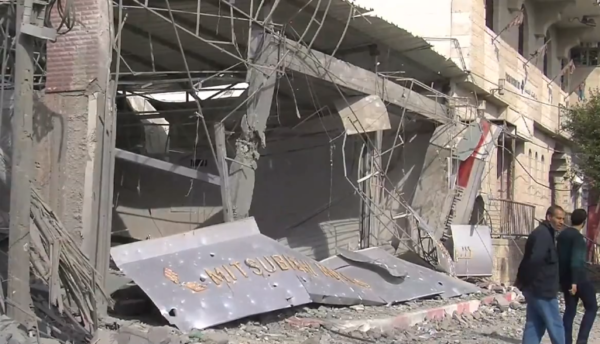
Many residential buildings reduced to rubble in the last war between Israel and Hamas have yet to be rebuilt. Since 2008, Israel and Hamas have fought three wars, the last one having broken out in 2014. These wars have claimed the lives of more than 3,000 Palestinian and scores of Israeli civilians.
Hamas has devoted a hefty proportion of its budget to rearmament and building a network of smuggling and attack tunnels. Yahya Sinwar, Gaza’s leader, has said that, with Iran’s assistance, Hamas is accumulating military power in preparation for a war to “liberate” Palestine. This may be bluster for internal consumption, but Hamas has not reconciled itself to Israel’s existence.
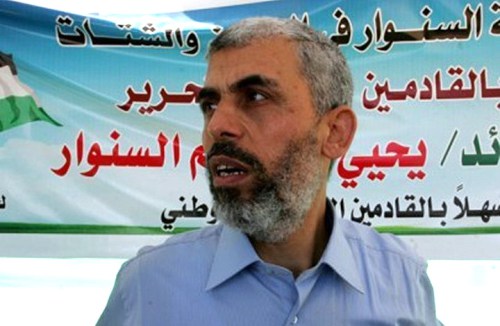
Although Hamas appears ready to cede responsibility for civilian affairs in Gaza to Fatah, its leaders insist on controlling security and maintaining their grip over the maze of tunnels and the Izz al-Din al-Qassam Brigades, which has about 25,000 fighters. Hamas leader Ismail Haniyeh has said that Hamas will not discuss the possibility of giving up its “weapons of resistance” as long as Israel occupies the West Bank and blockades Gaza.
In countering Haniyeh’s position, Abbas has said he will not tolerate the Lebanese “Hezbollah model” in Gaza, wherein a weak central government is powerless to rein in a heavily-armed organization.
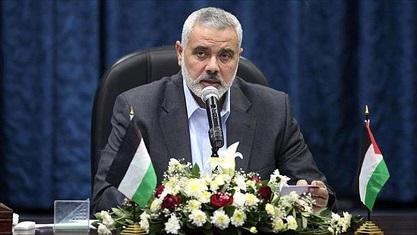
This is not the only problem that advocates of Palestinian unity face.
Fatah, having accepted Israel’s existence, endorses a two-state solution and coexistence with Israel. Hamas recently moderated its 1988 national covenant, claiming it would accept a Palestinian state in Gaza and the West Bank. But ideologically, Hamas remains committed to Israel’s destruction and the formation of an Islamic state in place of Israel.
Saleh al-Arouri, the deputy political leader of Hamas who signed the reconciliation agreement on its behalf, regards it in this light. Palestinian forces should use the accord to “work together against the Zionist enterprise,” said Arouri, who, Israeli intelligence operatives claim, planned the 2014 kidnapping and murder of three Israeli teenagers in Jerusalem, an incident that was one of the causes of the last war in Gaza. Until recently, he was based in Turkey and Qatar.
Israel’s reaction to the agreement, as expressed by Prime Minister Benjamin Netanyahu, was that it would be at its expense unless Hamas recognizes Israel, dismantles its military wing and accepts international agreements. “Reconciling with mass murderers is part of the problem, not part of the solution,” he said.
It’s unlikely that Hamas will accede to Netanyahu’s demands.
In the meantime, Israel is continuing to build a subterranean barrier around Gaza to neutralize the threat posed by Hamas tunnels. During the first phase of the 50-day Gaza war three years ago, Israeli soldiers shot a band of Hamas fighters emerging from a tunnel ending in Israeli territory. The discovery prompted Netanyahu to step up the scale and scope of the war, which left the status quo in Gaza untouched.
